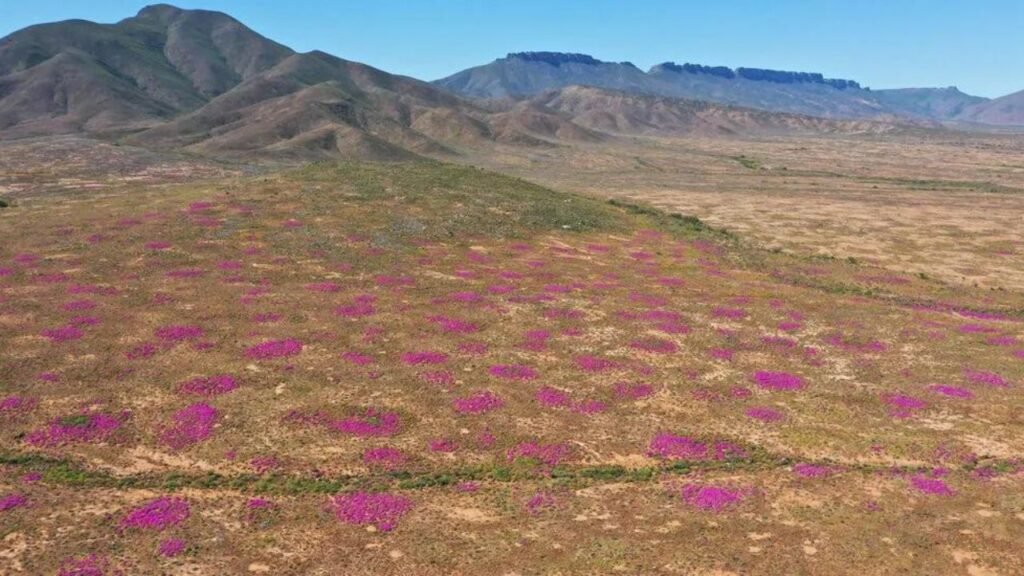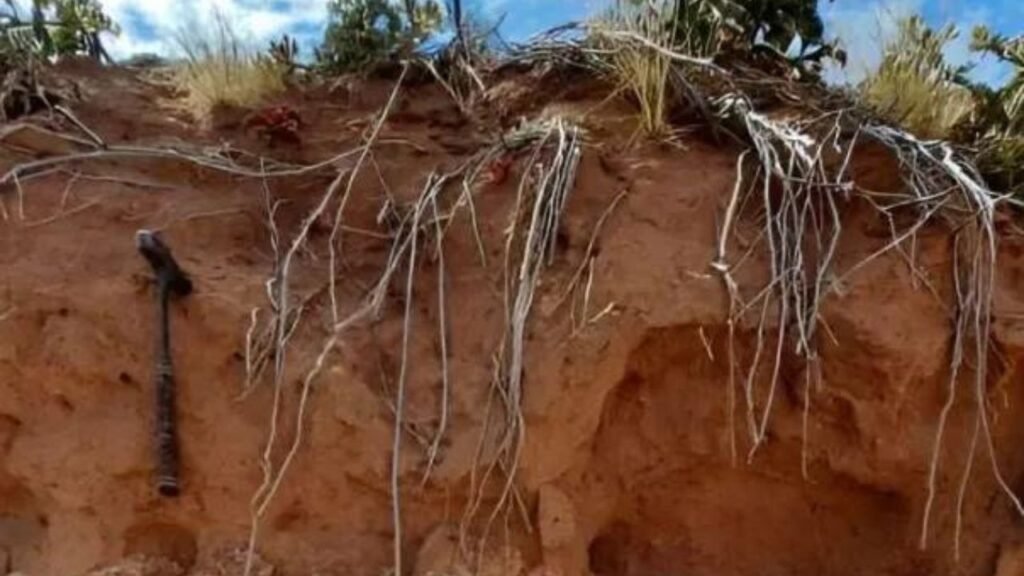Michele Francis, an environmental scientist at Stellenbosch University in South Africa, moved to central Connecticut last month only to find her new house showing evidence of termite damage. Dr. Francis objected when an exterminator suggested laying traps. “I wondered if I could convince the termites to consume the trees surrounding my house instead of the house itself,” she stated. “I have great respect for termites.”
Her respect for termites derives from a project she just conducted in Namaqualand, a stretch of desert scrubland west coast of South Africa and into Namibia. There, the southern harvester termite Microhodotermes viator has created low, sandy mounds covering around 27 percent of the terrain. Inside the mounds are large labyrinths of rooms, tunnels and nests reaching up to eleven feet below earth. In Afrikaans, they are heuweltjies, which means “little hills.”

Dr. Francis and her field study team started out three years ago to investigate the reason the groundwater around the Buffels River in Namaqualand was saline. “The groundwater salinity seemed to be specifically related to the location of these heuweltjies,” she stated. Radiocarbon dating, the researchers reasoned, could find when the minerals kept in the termite mounds had leaked into the groundwater.
The discovery that the heuweltjies were significantly older than any known active termite construction shocked the researchers. According to a report the researchers published this spring in the journal Science of the Total Environment, one of the three mounds chosen for date has been consistently populated by termite colonies for 34,000 years. It is about 30,000 years older than the mound in Brazil constructed by another termite species, the previous record-holder.

Masters of soil engineering, termites can create cathedral-like structures out of dirt, saliva, and dung. They turn into miners, masons, scaffolders, plasterers, and roofers in order to build and keep their houses. Together, they install air-conditioning, central heating, even security systems rather than only basic nests. The termite activity over thousands of years in Namaqualand has produced a hard covering of calcite, the same material limestone is composed of, which shields the colonies against strong diggers like aardvarks.

